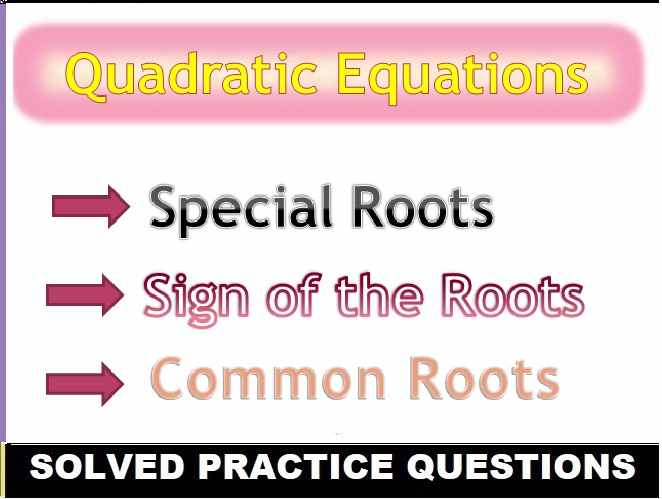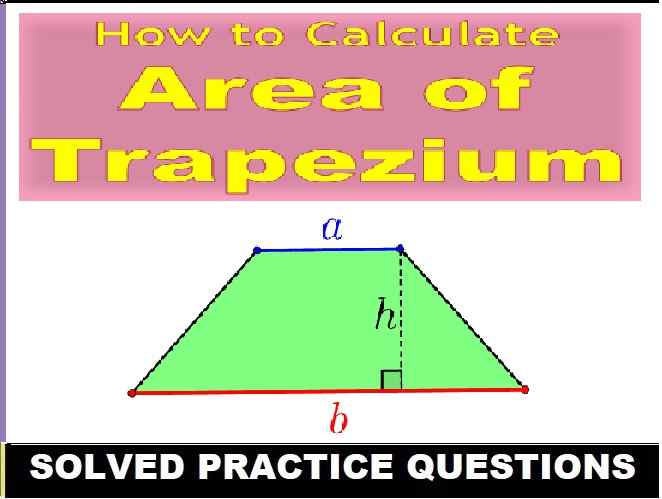With the Photographer : Solutions of Workbook Questions Treasure Chest for ICSE Class 10 English written by Stephen Leacock Ch-11. Passage wise answer of questions is given for complete preperation of council upcoming exam. Visit official website CISCE for detail information about ICSE Board Class-10 English.

With the Photographer : Solutions of Workbook Questions Treasure Chest for ICSE Class 10 English written by Stephen Leacock Ch-11
| Board | ICSE |
| Publications | Evergreen Publications |
| Subject | English |
| Class | 10 |
| Book Name | Treasure Chest |
| Chapter-11 | With the Photographer |
| Writer | Stephen Leacock |
| Topics | Solutions of Questions |
Solutions of Workbook Questions
With the Photographer : Solutions of Workbook Questions Treasure Chest for ICSE Class 10 English written by Stephen Leacock Ch-11
Read the extract given below and answer the questions that follow
Passage 1: The photographer … … … photographer is like.
Que-1: Why do you think the photographer did not look at the narrator with enthusiasm?
Ans: “Everybody knows what a photographer is like” The narrator says. This indicate that photographers generally lack zeal when dealing with customers
Que-2: Why did the narrator not feel fit to describe the photographer?
Ans: The statement “But there is no need to describe him. Everybody knows what a photographer is like.” This tells that each photographers have a common, unexceptional appearance that does not warrant description.
Que-3: What was the narrator’s experience with the photographer?
Ans: The narrator’s main experience about photographer was quite bitter and discouragement. He felt nervous due to photographer’s strange attitude and comments of his facial texture.
Que-4: What tells you about the appearance of the photographer?
Ans: The writer describes him as “a drooping man in a gray suit, with the dim eye of a natural scientist.”
Que-5: How did the narrator spend his time while waiting for the photographer?
Ans: He spent his time reading old magazines / journals like the Ladies Companion for 1912, the Girls Magazine for 1902 and the Infants Journal for 1888 during waiting.
Passage 2: He was only .. … …. light and air.
Que-1: Who is ‘he’ here in this extract? Was ‘he’ at peace with himself?
Ans: ‘Here He’ refers to the photographer. No, the extract suggests he was not at peace with himself as it says “apparently frantic for light and air.”
Que-2: What do you think of the studio where the photographer was to take the narrator’s photograph?
Ans: The studio was a dim lighted and ill-equipped place with just a sheet of factory cotton hung against a frosted skylight to let in light. It did not have a pleasant appearance.
Que-3: What was the photographer trying to do in his studio?
Ans: He was adjusting the amount of light for the studio as “tearing at the cotton sheet and the window panes with a hooked stick, apparently frantic for light and air” as preperation
Que-4: What was the photographer’s reaction when he came out of the black cloth draped on the camera?
Ans: he “looked very grave and shook his head”, telling that he was not satisfied with what he saw
Que-5: What was thought to be the problem with the face of the narrator?
Ans: According to the photographer the narrator’s face was “quite wrong”, it means there was some problem or defect in his facial texture
Passage-3: “I’m sure .. … …. boundless in–“
Que-1: What was the narrator sure of?
Ans: The narrator was fully confirm that the photographer could make his face appearance “better three-quarters full” by adopting some techniques
Que-2: “The man had such a human side to him”. What does the narrator wish to convey about the man?
Ans: narrator means that the photographer had the natural tendency or quality of wishing to make customer look attractive by adopting enhancing features and his skills.
Que-3: How are the faces of the human beings made to look better?
Ans: He thinks that dull faces such as “hard, narrow, limited” can be transform to look “wide, large, almost boundless” if captured at the right angle and adopting photographic techniques
Que-4: What is the tone of the narrator when he says that human faces are made to look better?
Ans: He said that the photographer can change facial appearances by his magical trick and techniques
Que-5: Did the photographer himself need some improvement in his face or mind? How do you know this?
Ans: Yes, He indirectly suggests to the photographer himself could use some changes in his looks when he says “So would yours (face).” This implies the photographer’s own face could be enhanced.
Passage-4: “The ears are .. … … … Yes, that’s better
Que-1: Which features are asked to be improved upon and how?
Ans: The photographer asks to “droop” his ears a little more, roll his eyes in under the lids, put his hands on the knees, and turn his face a little upward to increase the appearance
Que-2: Do you think the narrator is happy and satisfied with the photographer?
Ans: No, He does not seem happy or satisfied with the intention of the photographer’s. contineous adjustments and comments at his facial appearance.
Que-3: Which things other than the ones mentioned later in the context are to be set right?
Ans: Photographer not only adjust the ears, eyes, mouth position and posture, the photographer but also told adjusting the waist by saying “just contract the waist” for better appearance.
Que-4: Did all these features of the narrator meet the due approval of the photographer? How do you know?
Ans: No, after all the adjustments, the narrator’s features did not meet according photographer’s imagination. the photographer says “I still don’t quite like the face, it’s just a trifle too full.”
Que-5: What does it tell you about the photographer’s art?
Ans: A lot of adjustment shows that the photography is not only just capturing the real image, but also enhancing and “improving” a person’s looks through various posturing and techniques for better result in his field.
Passage-5: “Stop,” I said with .. … …. I have-“
Que-1: Who is the speaker here? Who is he talking to? What is the occasion?
Ans: Here The speaker is the narrator. He is telling to the photographer on the occasion of capturing his photograph taken at studio.
Que-2: What prompted the speaker to say, “It is not yours, it is mine”?
Ans: It is not yours, it is mine” this reaction was given by The narrator as phtographer continued make adjustment and changes posture and also commented at his appearance.
Que-3: What is the tone of the speaker?
Ans: In this stanza The tone of the speaker is one of emotion and dignity.
Que-4: What does the extract tell about the narrator’s present mood?
Ans: The extract clear the narrator is dis compfort frustrated and reactive mood when the photographer’s unwanted efforts to modify his natural appearance.
Que-5: Which idea does the narrator try to convey through the extract?
Ans: the speaker tries to explain about the idea that one’s physical appearance is a natural gift that must be accepted,, without any modification.
Passage-6: The photographer beckoned … … “Is it me?” I asked.
Que-1: Where was the narrator asked to come?
Ans: In this stanza The narrator was asked to come into the photographer’s studio.
Que-2: What was the photographer proud of?
Ans: The passage suggests the photographer had a proud in his work that he can transform the dull appearance into best one.
Que-3: Both the photographer and the narrator looked at the proof of the photograph in silence. Why do you think both were silent?
Ans: Both the photographer and the narrator were likely silent because they were carefully examining and assessing the proof of the photograph, particularly how the speakers appearance had been changed, which was the bone of dispute.
Que-4: What was the narrator’s reaction on seeing his photograph?
Ans: “Is it me ”, The narrator’s reaction on seeing his photograph expressing that he himself could recognize his own photo.
Que-5: What other changes did the photographer want to make in the final finish of the photograph?
Ans: using a process called “the Sulphide.” The photographer expresses his intention to “fix” the narrator’s ears and remove them entirely from the photograph
Passage-7: “Yes,” said the .. … …. I’ll see if–“
Que-1: What had not been tampered with as far as the body features were concerned?
Ans: The speaker’s ears were the only feature that had not been tampered with or altered by the photographer in the photograph.
Que-2: To which question of the narrator does the photographer say ‘yes’?
Ans: He” photographer” says ‘yes’ in response to thespeaker’s question about whether the ears in the photograph were a good likeness of his own.
Que-3: Which features had the photographer retouched to make them look better?
Ans: the narrator’s eyes, eyebrows and mouth, The photographer had retouched and adjusted features to make them “better” for phtography
Que-4: How do the photographers bring about changes in a photograph so that it looks completely different from the original?
Ans: There are two step “Delphide” for removing unwanted sign and “Sulphide” adding enhance to look defferant from the original photograph.
Que-5: How did the narrator express his anger at the photographer later?
Ans: The narrator expresses his anger by saying these word- a bitter “dip the photograph in sulphide, bromide, oxide, cowhide” and calling it a “worthless bauble”
Passage-8: “Coat it with an …. … … a worthless bauble.”
Que-1: What is the narrator’s reaction on his photograph in his next visit?
Ans: The speaker responded in negative and became furios after seeing his original photograph has been completely transformed by using editing tools
Que-2: Mention at least three different processes with the help of which the photographers change the features in a photograph?
Ans: As per narrator there was three processes generally used by photographers to enhance photographs – 1. sulphide for removing unwanted sign, 2. bromide, for adding enhance and oxide for finishing.
Que-3: Does the narrator approve of the techniques of the photographers in bringing about changes in the original photograph?
Ans: No, the speaker never consent at the photographers’ techniques to artificially alter or “enhance” a person’s original texture in the photograph. Therefore he calls the final product a “worthless bauble.”
Que-4: Would you support the narrator’s viewpoint or the photographer’s? Why?
Ans: Yes, I would fully support the speakers view as artificially changing someone’s natural looks and features loose the purpose of any phtograph in some occasion such as memmory while at some occasion it is benificial such as party, marrage proposal.
Que-5: Why does the narrator call the photograph a worthless ‘bauble’?
Ans: The narrator calls a “worthless bauble” because transformation done by the photographer, it has lost narrator’s real appearance and facial features, making it a useless and valueless product in his opinion and he can not use it as memmory.
— : End of With the Photographer : Solutions of Workbook Questions Treasure Chest for ICSE Class 10 English : —
Return to :– Treasure Trove Workbook Questions Solutions for ICSE Class 10 English
Thanks
Please, Share with your friend


